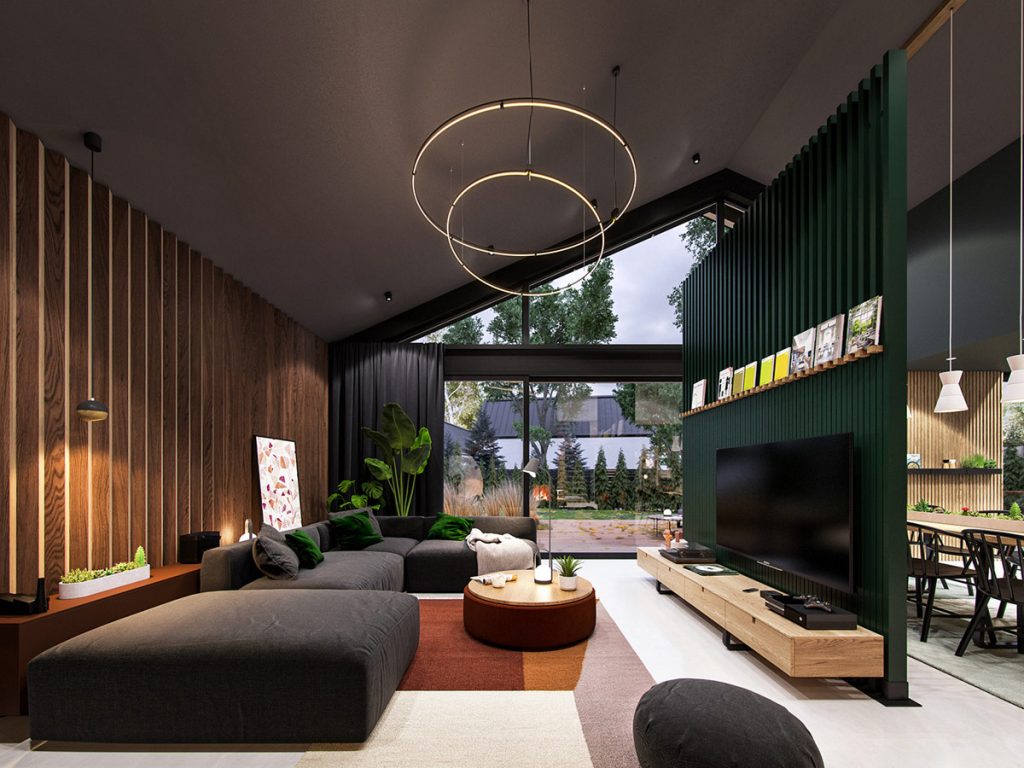In the realm of interior design, the studio space serves as a canvas, a sanctuary where creativity flourishes and connections are forged between form and function. At its essence, the art of interior design in a studio embodies a delicate balance between aesthetic appeal and practicality, weaving together elements that not only please the eye but also enhance the living experience. Within the confines of four walls, designers embark on a journey to transform mere spaces into immersive environments that tell stories and evoke emotions. Central to the art of interior design in a studio is the harmonious integration of various design elements. From the placement of furniture to the selection of colors and textures, every decision is made with intention, aiming to create a cohesive and inviting atmosphere. A well-designed studio space is a testament to the designer’s ability to blend different elements seamlessly, striking a delicate equilibrium between functionality and style. It is about finding the perfect balance between form and function, where every piece serves a purpose while contributing to the overall aesthetic appeal.

Moreover, the art of interior design in a studio transcends mere decoration; it is a reflection of the occupant’s personality and lifestyle. Each design choice is a manifestation of the individual’s tastes, preferences, and aspirations, transforming the studio into a personalized sanctuary that resonates with its inhabitants. Whether it is a minimalist haven adorned with clean lines and neutral tones or a vibrant oasis bursting with color and eclectic furnishings, the studio becomes an extension of the self, a space where one can truly be oneself. Furthermore, the art of interior design in a studio extends beyond the visual realm, encompassing the sensory experience as well. Through the strategic use of lighting, sound, and even scent, designers have the power to evoke a myriad of emotions and create immersive environments that engage all the senses. Soft ambient lighting can imbue a sense of warmth and intimacy, while soothing music or the gentle rustle of leaves can evoke feelings of tranquility and relaxation. By carefully curating every aspect of the sensory experience, designers can craft studio spaces that not only look beautiful but also feel deeply enriching and rejuvenating.
In addition, the art of interior design 家居設計公司 in a studio is inherently collaborative, involving a dialogue between the designer and the space itself. Each studio has its own unique characteristics and quirks, and it is up to the designer to listen attentively and respond creatively to the inherent challenges and opportunities presented by the space. Whether it is working with unconventional layouts, awkward angles, or limited square footage, designers thrive on the creative challenge of transforming limitations into opportunities, turning constraints into catalysts for innovation and ingenuity. Ultimately, the art of interior design in a studio is a testament to the transformative power of design, capable of turning ordinary spaces into extraordinary experiences. It is about creating connections between form and function, between aesthetics and practicality, between the individual and their environment. Through thoughtful consideration, creative vision, and a deep understanding of the human experience, designers have the power to shape not only spaces but also lives, crafting studio environments that inspire, uplift, and delight all who inhabit them.

